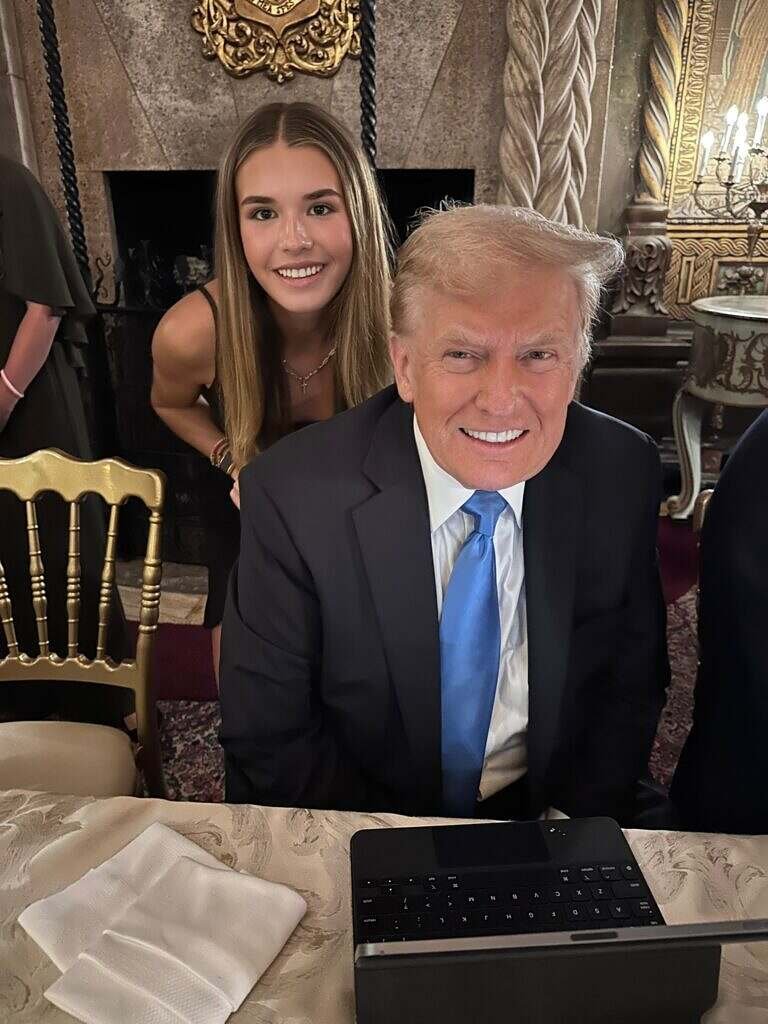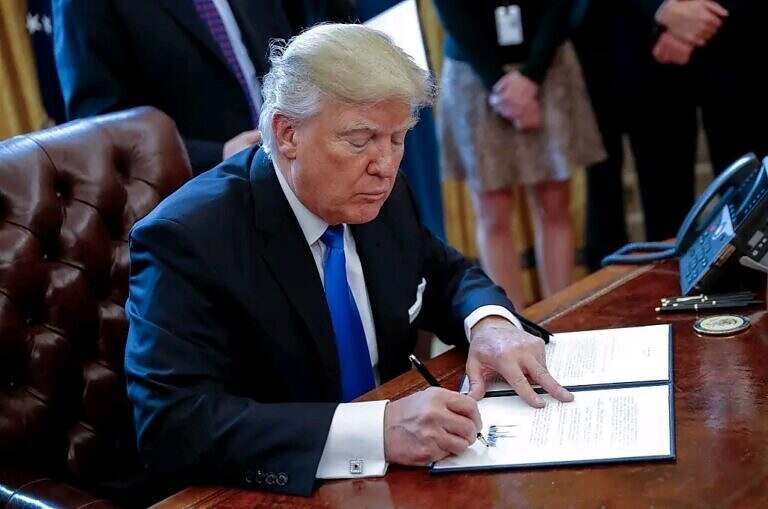
In a move that has sparked widespread debate across the United States and beyond, former President Donald Trump has announced his intention to eliminate federal recognition of LGBTQ+ identities, reaffirming a stance that acknowledges only two genders: male and female. This announcement aligns with his long-standing conservative approach to cultural and societal issues, reigniting discussions on gender identity, equality, and individual rights.
Key Points of the Announcement
- Two-Gender Policy Framework
Trump’s statement emphasized a return to what he called “traditional American values,” asserting that federal policies and laws will be based strictly on the binary understanding of gender as male and female. This stance effectively dismisses non-binary, transgender, and other gender-diverse identities from federal recognition. - Impact on LGBTQ+ Protections
The proposed policy change raises concerns about the rollback of protections for LGBTQ+ individuals, particularly in areas such as employment, healthcare, and education. Advocates fear that such measures could lead to discrimination and erasure of LGBTQ+ identities in legal and societal contexts. - Religious and Conservative Backing
Trump’s announcement has garnered strong support from conservative and religious groups who view the move as a victory for their advocacy of traditional family and gender norms. These groups have praised the decision as a restoration of values they believe have been undermined in recent years.
Reactions to the Announcement
The announcement has polarized public opinion, with both supporters and critics voicing their perspectives:
- Supporters’ Viewpoint: Proponents argue that this policy aligns with biological realities and reinforces societal stability. They see it as a necessary correction to what they perceive as excessive liberalism in gender politics.
- Critics’ Concerns: Opponents, including LGBTQ+ advocacy groups and progressive politicians, have condemned the move as discriminatory and regressive. They argue that it undermines the progress made in ensuring equality and dignity for LGBTQ+ individuals.
Potential Legal and Social Implications
If implemented, this policy shift could have far-reaching effects:
- Federal Guidelines and Documentation
Gender markers on federal documents such as passports and Social Security records may be limited to “male” or “female,” excluding other identities. - Healthcare Access
Transgender individuals might face increased barriers to accessing gender-affirming care and protections under anti-discrimination laws. - Education Policies
Schools may face pressure to conform to the two-gender framework, potentially affecting curriculum and support for LGBTQ+ students.
Conclusion
Trump’s announcement underscores the deep cultural and political divide on issues of gender and identity in America. While his stance resonates with a segment of the population that champions traditional values, it also risks alienating a growing community of individuals advocating for inclusivity and equal rights. As this debate unfolds, the nation watches closely to see how these proposed changes will shape the social and legal landscape in the years to come.
For continued updates on this story and its implications, stay tuned.






